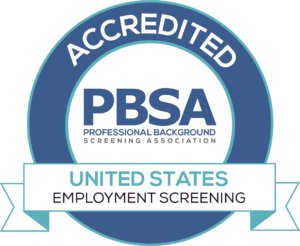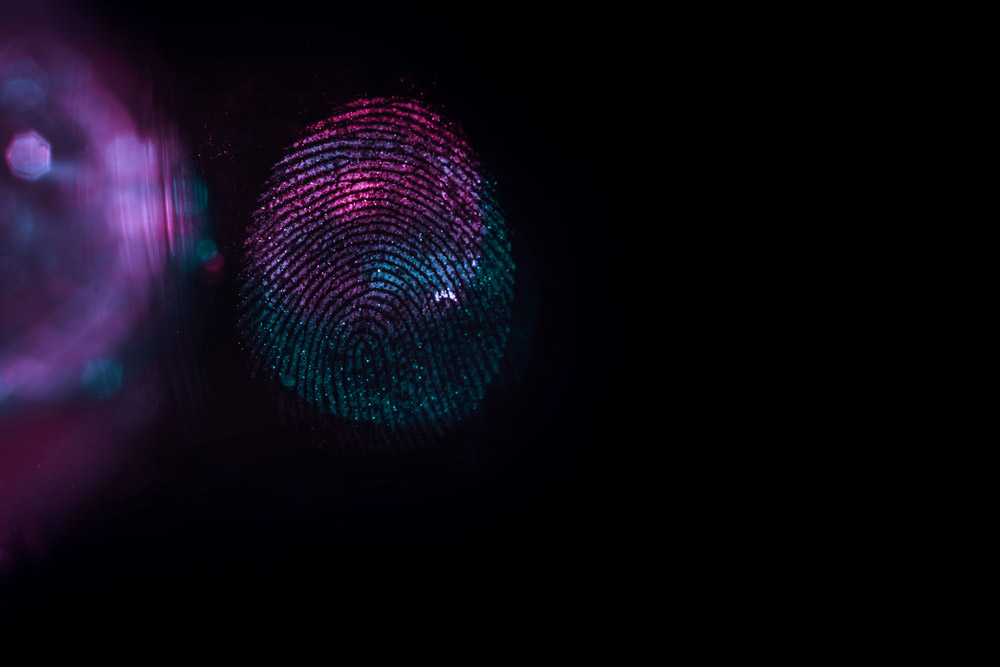Millions of FBI background checks are conducted each year in the United States.
Most of these screenings are conducted on firearm buyers and federal, state, and local government employees.
Compared to standard name-based screening solutions, which are common in the private sector, FBI checks are very different. As a provider of both solutions, we would like to offer some general insight into how fingerprint screening works.
Fingerprint Collection
Of course, FBI background checks require fingerprints as the primary identifier. Fingerprints provided for the background check are compared against records in a federal database. Any matching records are very unlikely to be erroneous.
Each candidate undergoing an FBI background check must have their fingerprints collected and sent to the Federal database for processing. There are two general ways to accomplish this.
Mail-In Fingerprinting Cards
The original (and now more archaic) method of collecting fingerprints includes laying inked prints on an official paper fingerprint card and sending the card in through the mail.
While this method is still valid, it is more laborious for the candidate and can extend completion timelines significantly.
Peopletrail can provide fingerprint cards and facilitate the record retrieval and reporting process according to this method.
Fingerprint Scanning
An alternative method is fingerprint scanning. Fingerprint scanning devices are growing more common in brick-and-mortar locations around the country. Such locations include certain UPS stores and dedicated fingerprint scanning establishments.
Access to scanning locations is improving. For a fingerprint scan, candidates simply have to arrive at the scanning location, offer some general information, lay their prints on an electronic scanning device, and the prints are electronically dispatched for processing. The entire process takes approximately 10 minutes, and screening results can be returned in under 24 hours in some cases.
Peopletrail can work with each candidate to facilitate fingerprint scanning collections and oversee the records retrieval and reporting process.
The NICS Database
The National Instant Criminal Background Check System (NICS) was officially launched in 1998 after the Brady Handgun Violence Prevention Act of 1993 was passed. The federal government was tasked with developing a screening system and practice that better-secured firearm purchases.
Since its launch, the NICS system has been the primary screening data source for firearm buyers and many government agencies.
When compared to name-based screening and the methods of private screening companies, FBI background checks encounter a number of significant limitations. However, federal background checks are still common today.
Results Reporting
Once the fingerprints have been compared against the FBI database, results are reported to the candidate.
It’s important to note that the results can only be provided to the candidate. Neither the CRA nor the employer will get direct access to the results. The candidate must provide fingerprint background check results to the CRA or the employer.
However, at Peopletrail, candidates are able to easily upload their fingerprint screening results to their Applicant Portal, which they have access to from the beginning of the process. Once uploaded, we then communicate the results to the employer via their portal. In most cases, the employer portal can seamlessly integrate with their current ATS to accommodate existing workflows. Thus, FBI screening results can be reported and accessed through an integration.
Takeaways
To be candid, we rarely, if ever, recommend a fingerprint screening solution over a name-based method. However, there are times when fingerprint background checks are required. In such cases, we have solutions that can make the process simple and painless for you as an employer.
If you have any questions about fingerprint solutions, please contact us today.
Additional Resources








